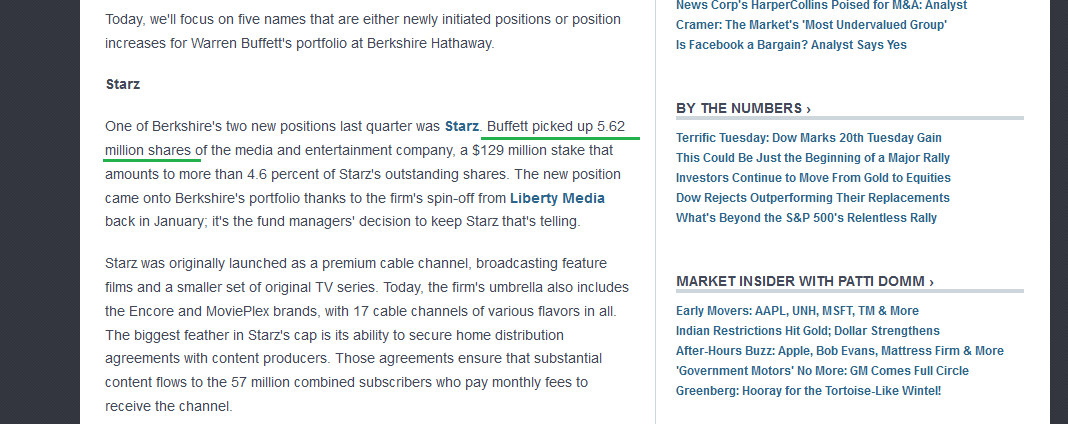BUY LIKE BUFFETT What To Look For When Buying An ETF BUY LIKE BUFFETT
Post on: 23 Июль, 2015 No Comment

What To Look For When Buying An ETF
2C150 /%One often neglected investing area here at Buy Like Buffett is ETF investing. I may write an occasional post about exhange traded funds but not frequently enough. Well, today we have a real treat as a financial blogging friend of mine has written a good article on investing in ETFs. I love those Dummies book by the way. They are great! (The following guest post was written by MoneyCone who runs a How To blog on personal finance and investing at MoneyCone .)
ETFs have become extremely popular providing instant diversification at a relatively low cost. Unlike mutual funds. there are no minimum requirements and you can trade an ETF like regular stocks. There are over 900 ETFs trading in various exchanges in the US.
When picking a stock, there are standard parameters (P/E, PEG, P/B, P/S) one can use to determine if a stock is overpriced. What about ETFs? Although they trade like stocks, the parameters for ETFs are different. How Can you tell if you are overpaying for an ETF?
Lets look at two ETFs that track the MSCI for emerging markets. EEM and VWO. Though both track the same index, the underlying assets are different, thus there will be slight variations in the returns.
VWO has returned 56.31%
7E1/MARK%7E1.HOM/LOCALS%7E1/Temp/moz-screenshot-7.png /%
2C266 /%
EEM has returned 57.38% over the past 5 years.
2C266 /%
So, which is the better buy?
Look at expense ratios
The expense ratio is the annual cost of maintaining the ETF. So if you invested $10,000 in an ETF with an expense ratio of 0.50%, $50 goes towards running the fund every year. This cost is already factored into the price of the ETF. If you want to make money investing then buy funds with low expense ratio s .
VWO has an expense ratio of 0.27% which is actually pretty good for an international ETF. The expense ratio for EEM is more than twice that of VWO at 0.72%. VWO is more attractive when comparing expense ratios.
Dont pay more for an ETF than you should
One very crucial parameter that separates an ETF from a stock is the Net Asset Value(NAV). This represents the total value of the ETFs underlying assets. The NAV divided by the number of shares gives you the fair value of the ETF. If you pay less than the fair value, you are buying the ETF at a discount and if you pay more, you are paying a premium. Always look to buy at a discount or at low premiums .
EEM trades at a premium of 0.13% and VWO trades at a premium of 0.34%.
Look for ETFs that have low bid-ask spreads
For every seller there needs to be a buyer and vice versa (Thats why it is called a stock market!). Bid is the price at which someone is willing to buy a security and and ask is the price at which they are willing to sell. The difference is called the spread. Buy ETFs that have a low bid/ask spread.
VWO has a 0% bid/ask spread and EEM has a bid/ask spread of 0.02%. Both are very negligible in this case.
Commissions
Unlike mutual funds, ETFs incur trading fees each time you buy or sell. Keep this in mind when buying or selling ETFs frequently. A $7 commission for buying $100 worth of ETFs is simply not worth the investment! Commissions, of course are determined by your stock broker and will be the same for both ETFs.
These are some simple guidelines one can use when dealing with ETFs. Also note that ETFs come in different varieties. The above guidelines are for vanilla ETFs and not exotic ETFs like the leveraged kind. Leveraged ETFs are only appropriate for professional traders.
So, what do you think? Do you prefer ETF investing over stock investing or mutual fund investing? Which ones are better for regular investors to make money ?














